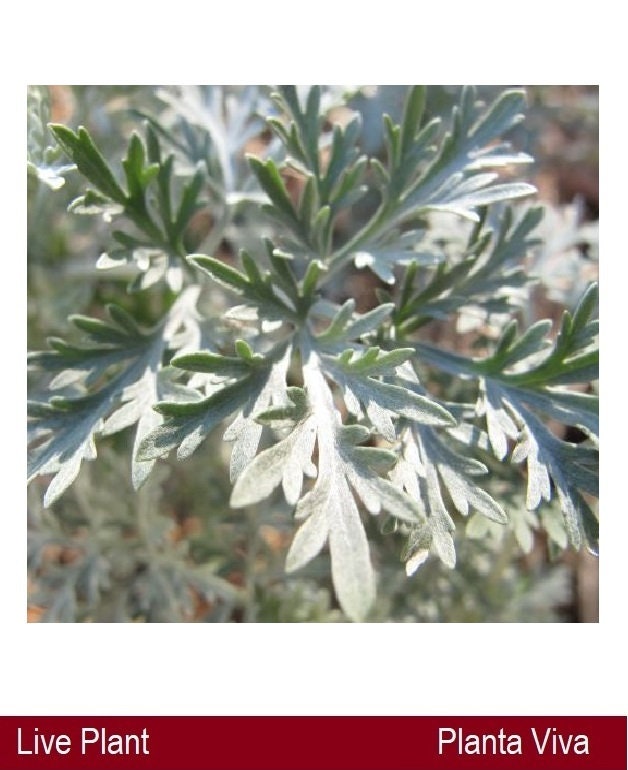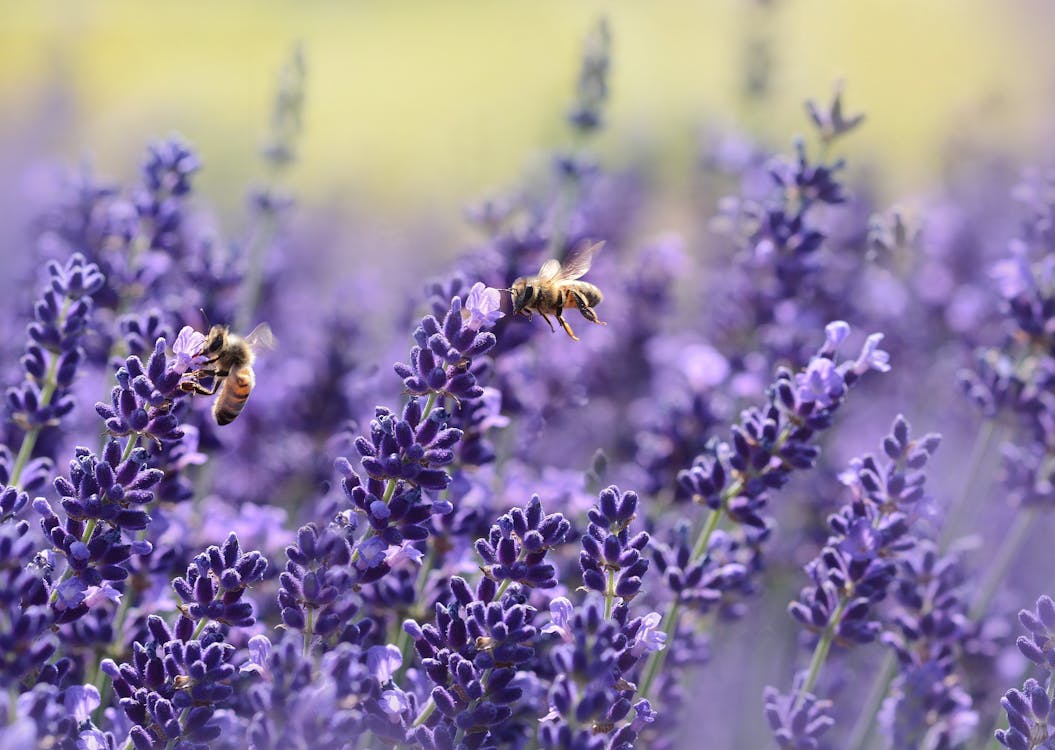
(Photo from GonzalezAgroGardens)
Hundreds or species of Artemisia grow around this world. But this one, Artemisia annua, is a workhorse of medicinals. The common name is Sweet Wormwood, and it has been used to kill worms as an traditional medicinal. And in fact, it does kills worms, at least the flatworms that cause schistosomiasis. Biologist Pamela Weathers found that a tea made from Sweet Wormwood was more effective at curing the disease than the prescription drug PZQ.
This plant also works against malaria. We once had malaria in the USA, but we got rid of it killing mosquitoes, which is the vector. A guy in Texas encouraged bats by building huge bat houses. Also, insecticides were used to kill them. And standing water was drained to reduce the areas where mosquitoes could breed. But malaria continued to be a problem in other areas of the world. For a long time, it was treated with derivatives of quinine which was extracted from the chinchona tree. But the malaria became resistant to that drug. Over 200,000 compounds were tested worldwide to fine something to fight malaria. No dice. Then To Youyou came on the scene. She studied pharmacy in school and then learned about Chinese medicinal herbs. She screened over 600 plants on mice and discovered that a chemical derived from A. annua, artemisinin, could cure malaria. She got a Nobel for her work in 2015.
Subsequently, a professor at UC Berkeley, Jay Keasling, figured out how to modify yeast so that could make artemisinin resulting in a low-cost quality product. It is now in production.
So what about sacred use? Smoke, from incense or smudging has be used around the world to cleanse spaces. Smudging was a Indian tradition before the Europeans arrived. But incense was used traditionally by the Europeans. Even Jesus got a gift of frankincense when he was born. I don't exactly see how smoke can clean anything.
And as far as intoxicating, some species are more used than others. It is supposed to make you feel calm and relaxed, like pot, but not so strong. It is also used for lucid dreaming and astral projection.
Both live plants and dried plant parts are available online.
(intoxicating, sacred, insect)


